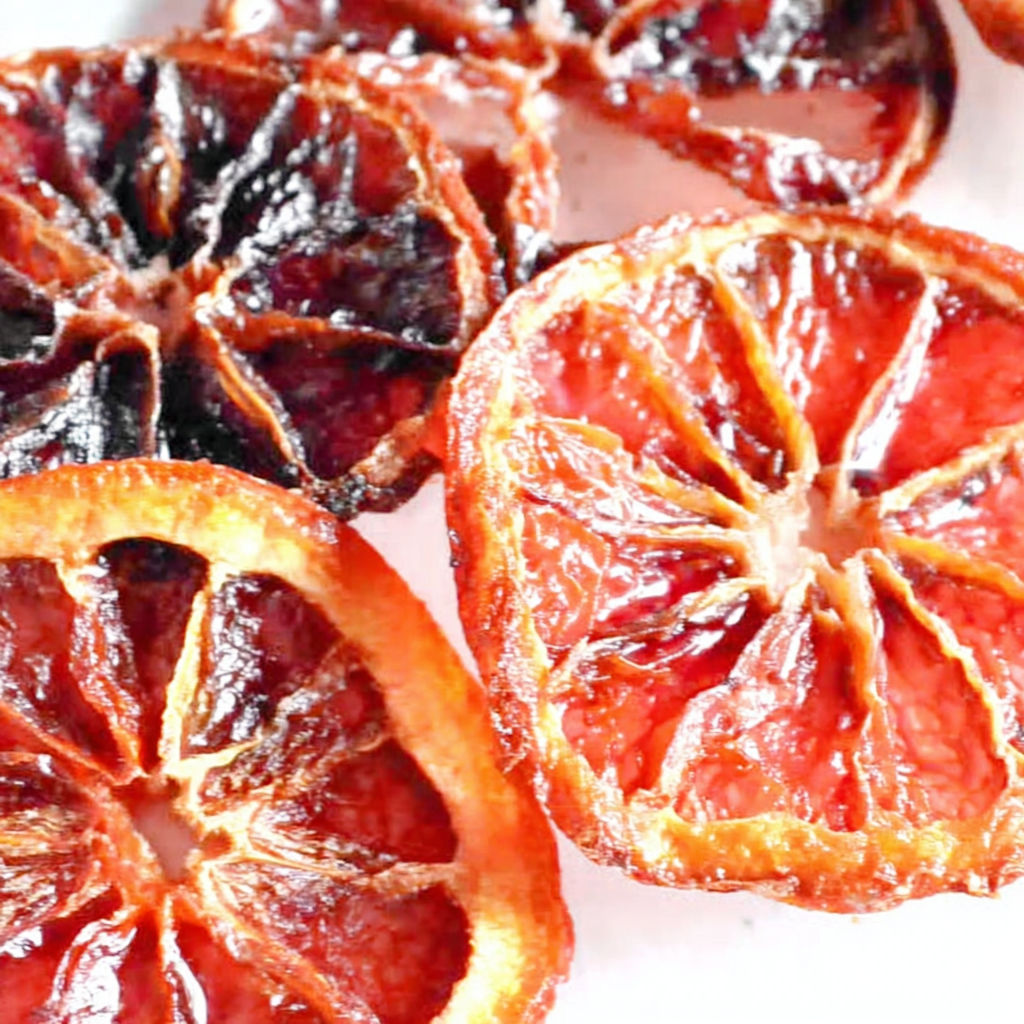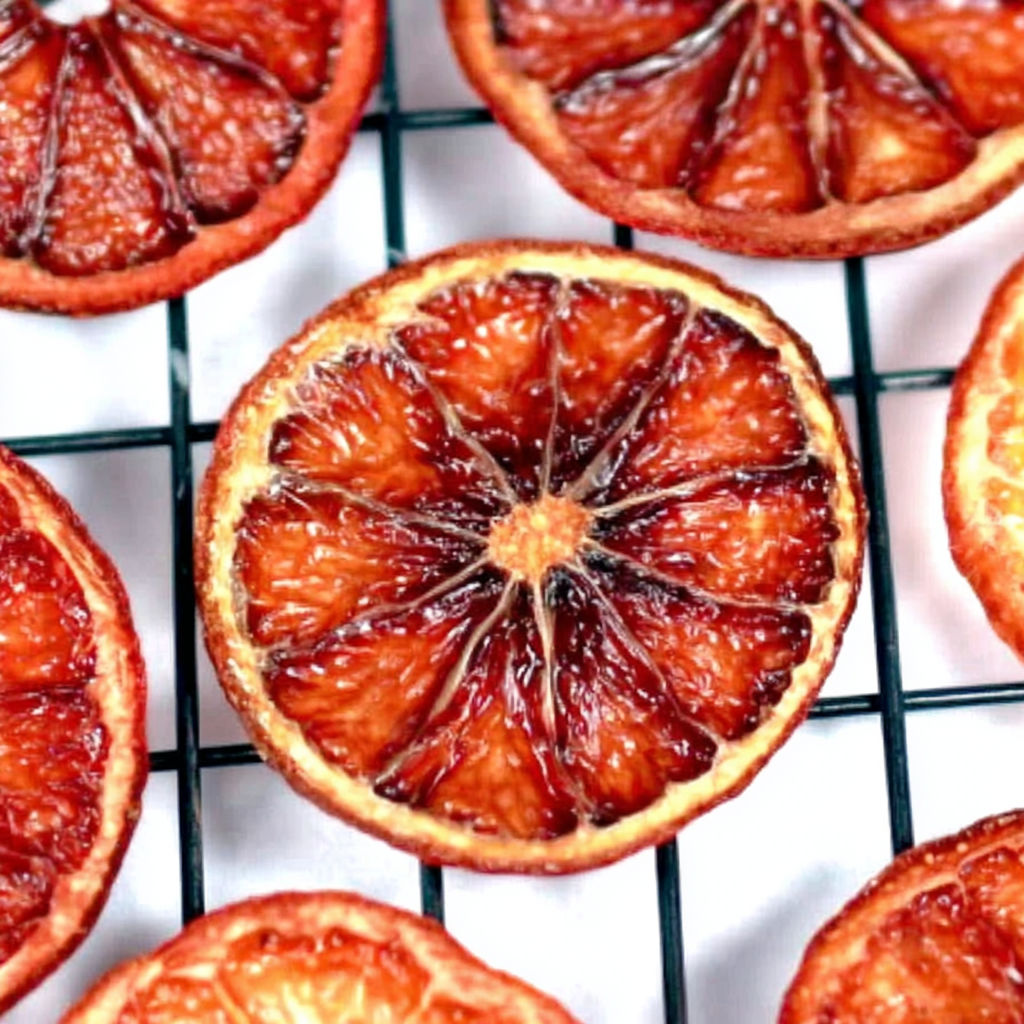 Pin
Pin
This homemade candied citrus recipe transforms ordinary oranges, lemons, and limes into beautiful, glistening treats perfect for elevating desserts or gifting to friends. With just over an hour of active time plus drying, these candied citrus slices retain their vibrant color and natural tang, providing a sweet finish that lasts for weeks when stored correctly. Make a batch to brighten up your baking or enjoy as a unique sweet snack any time.
I first tried making candied citrus slices during a holiday baking marathon, inspired by the sparkle and color they brought to a simple chocolate cake. The jewel like candied fruit transformed my dessert, and ever since, I've kept a jar on the counter for quick upgrades to everything from scones to tea. Homemade candied citrus is now a staple in my kitchen, especially in winter when citrus varieties are at their peak flavor.
Gather Your Ingredients for Candied Citrus
- Water (2 cups): Essential for creating the simple syrup that evenly candies the fruit; filtered water gives the clearest, purest results and prevents mineral interference.
- Sugar (3 cups, divided): Forms the syrup and creates a sparkly coating on each slice; standard granulated sugar is ideal, though fine baking sugar may coat more evenly if needed.
- Citrus fruits (3 medium oranges, lemons, limes, or blood oranges): Choose firm, thin skinned, and organic citrus when possible, since the rind is eaten; substitute with seasonal varieties like grapefruit or mandarin for different colors and flavors.
How to Make Candied Citrus Slices
- Prepare and slice citrus:
- Wash citrus thoroughly, trimming off each end. Use a sharp or serrated knife to cut into precise 1/5 inch rounds, removing any visible seeds. Consistent slicing is crucial, as it ensures every piece cooks evenly and results in a tender yet intact final texture.
- Make the simple syrup:
- Combine 2 cups water and 2 cups sugar in a large, wide pan. Bring to a boil over high heat, stirring until sugar dissolves completely and the syrup bubbles vigorously. Proper boiling creates the ideal concentration for candying, allowing the syrup to fully penetrate the fruit.
- Simmer citrus slices:
- Arrange slices in a single, non overlapping layer in the bubbling syrup. Reduce heat to a gentle simmer and cook about 30 minutes, turning slices halfway through; watch for translucence as a sign they've absorbed enough syrup and become perfectly candied.
- Drain and cool:
- Carefully lift each slice from the syrup with a slotted utensil, placing them in a single layer on a wire rack set over a baking sheet lined to catch drips. Allow to drain for 15 minutes, continuing in batches until all slices are tender and ready for sugar coating.
- Coat with sugar and dry:
- While still tacky but not wet, dredge slices in the remaining 1 cup sugar, coating both sides. Return to the rack and let dry at room temperature, flipping once, for 12 to 24 hours until completely dry and crisp on the exterior but chewy inside.
- Store candied citrus:
- Once fully dry, transfer slices to an airtight container with parchment between layers. Store in a cool, dark place up to 1 month, ready to enjoy or use as decorative garnishes for cakes, cookies, and drinks.

Blood oranges have become my favorite for candied citrus, producing vivid ruby slices that look like stained glass once dried. In winter, I seek out unusual citrus at the market so I can make big batches to enjoy and share year round. It's always a delight to see people's reactions to these dazzling sweets on a dessert table or nestled in a gift box.
Smart Swaps and Variations for Candied Citrus
Experiment with different citrus types, like Meyer lemon for floral, less tart candy or grapefruit for vibrant, larger slices with wow factor. For a lighter treat, reduce sugar in the syrup to 1½ cups and dust the slices lightly at the end instead of a full coating. Flavor the sugar with vanilla, cinnamon, or a hint of cayenne for a creative finish, and try half dipping fully dried slices in melted dark chocolate for a gourmet touch.
How to Store and Reheat Candied Citrus
Store completely dried candied citrus in an airtight container lined with parchment paper, keeping layers separated to prevent sticking. At room temperature in a cool, dry, and dark area, they last up to 1 month, and in the refrigerator, up to 3 months though texture may soften slightly. If slices become sticky during storage, simply toss them in a bit more granulated sugar before serving or using as garnishes to restore their sparkle.
What to Serve with Candied Citrus Slices
Candied citrus slices are show stopping garnishes for cakes, cheesecakes, and cookies or as an eye catching touch for cocktails and hot drinks like tea or mulled cider. Finely chopped, they're delicious stirred into scone or biscotti dough, layered on cheese boards, or sprinkled over ice cream. For a party spread, pair with strong cheeses and dark chocolate desserts for a sophisticated presentation.
Nutritional Benefits of Candied Citrus
Candied citrus, while a sweet confection, retains some of the natural nutrition from the fruit including fiber, vitamin C, and aromatic compounds found in the peel. The pectin content supports healthy digestion, and even after candying, citrus slices provide beneficial flavonoids and essential oils. Though sugar is the main calorie source (about 330 per piece), when used as a garnish or in moderation, these treats offer a balance between enjoyment and nutritional value.
Recipe Success Tips for Candied Citrus
Perfect candied citrus requires close temperature monitoring and patience during drying. If you notice slices turning bitter, reduce the cooking heat and consider briefly blanching thicker skinned fruits. Insufficient drying results in sticky candies that won't store well, while overdrying makes them tough; test by lightly pressing the surface, which should feel firm but springy. Adjust slicing and drying based on your kitchen's humidity for best results every time.

This easy candied citrus recipe turns everyday fruit into something extraordinary with minimal effort. Try your own combinations and discover how homemade candied citrus can instantly brighten desserts, gift boxes, and special celebrations all year long.
Common Questions About This Recipe
- → Which citrus fruits can be used?
Oranges, lemons, limes, or blood oranges all work well. Choose firm, fresh fruits for best results.
- → How thin should the slices be?
Slices should be approximately 1/5 inch thick. This ensures tender, evenly candied results.
- → Can I reduce the sugar amount?
For classic candied texture and preservation, the listed sugar works best. Less sugar may alter results.
- → What is the best way to dry the slices?
Place slices on a wire rack and allow them to air-dry at room temperature for 12–24 hours, flipping once.
- → How should candied citrus be stored?
Once dry, keep slices in an airtight container at room temperature away from light for up to 1 month.
- → How are candied citrus slices served?
They are wonderful on cakes, cookies, or as a sweet, standalone treat for snacking.
